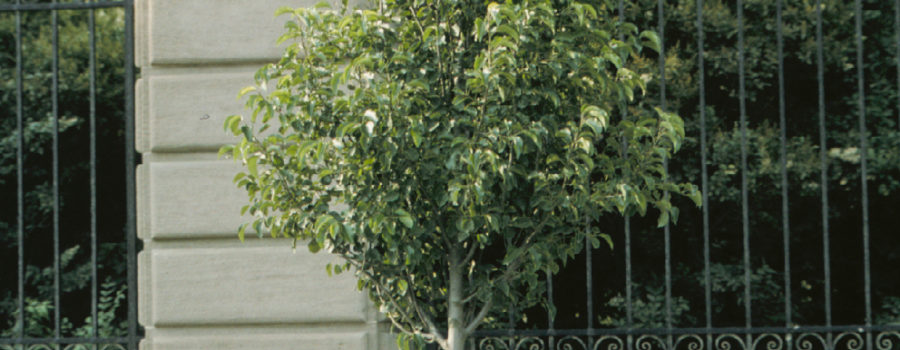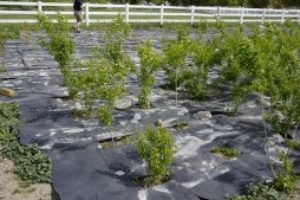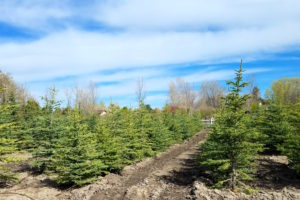To stake or not to stake?
Staking newly planted trees for added support is a common in the field of arboriculture. However, like most practices there are inappropriate ways and times to stake trees.
Many newly planted trees do not need to be staked. If there is no danger of the tree falling or leaning, it is best not to secure it. The wind and weather generally assist the tree in developing proper strength as it grows. The added support can cause injuries to the bark, discourage vigorous root growth, and reduce trunk taper.
If staking a newly planted tree is necessary, these guidelines should be followed:
-Do not use wire or thin rope as a support system against the bark. Thicker canvas straps are much less likely to cause injury and have elasticity to allow the tree to sway in the wind.
-The tree should be staked as low as practical on the trunk, while still providing support. One, two, or three stakes are all used, depending on the level of support desired. If one is used it should be placed on the upwind side of the tree.
-When the tree is tied to the stakes, it should not be too tight to not allow some movement for the trunk and branches.
-Stakes and straps should be removed within one year of establishment. Research has shown leaving support system in for two or more years reduces the trees ability to stand on its own, weakens the trunk significantly, and heightens the risk of root damage.





